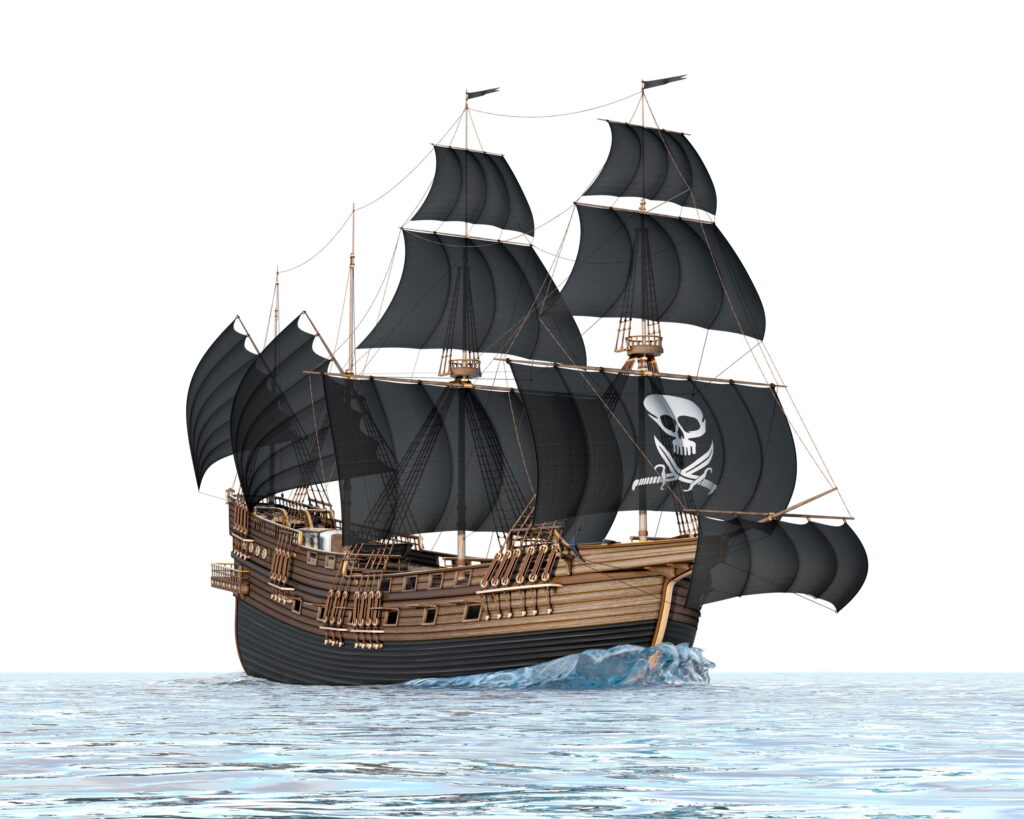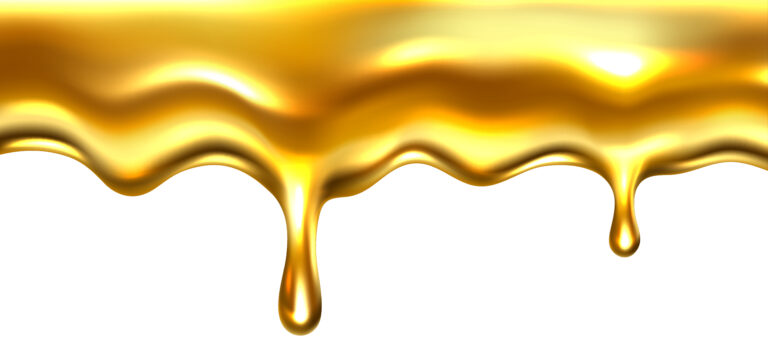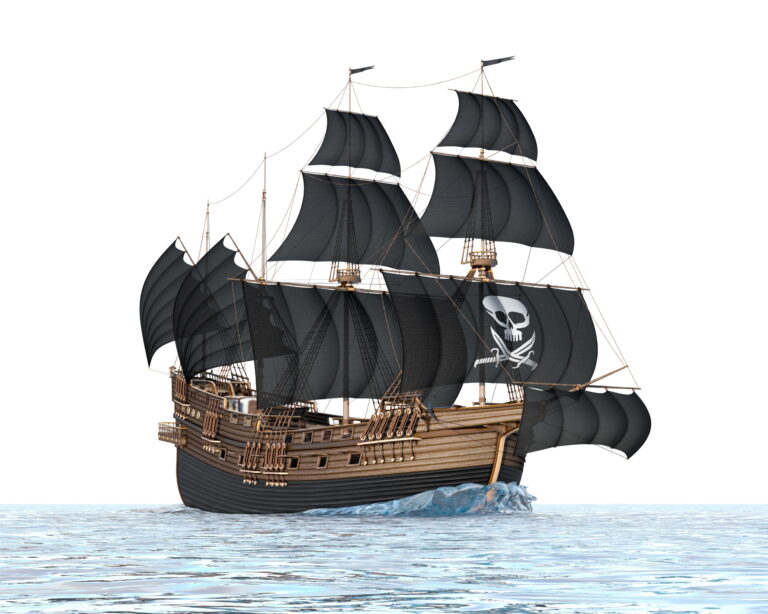
Puerto Rico and the Concentration of Gold in It
Puerto Rico, a Caribbean island jewel, holds a captivating history intertwined with the allure of gold. While not possessing the vast, easily accessible gold reserves of some other regions, its historical significance in the context of Spanish colonization and its ongoing geological exploration reveal a more nuanced story. This article delves into the complex relationship between Puerto Rico and gold, exploring its historical exploitation, geological potential, modern exploration efforts, environmental considerations, and the ongoing debate surrounding its economic viability. We’ll uncover the intriguing details behind the island’s golden past and investigate the possibility of a golden future, separating fact from fiction and highlighting the key factors that shape the narrative of gold in Puerto Rico.
The Caribbean island of Puerto Rico evokes images of vibrant culture, lush rainforests, and pristine beaches. However, beneath the surface lies a history deeply connected to the precious metal: gold. From the early days of Spanish colonization to contemporary geological surveys, gold has played a significant role in shaping the island’s identity and economy. This exploration will unveil the facts and dispel the myths surrounding the concentration of gold in Puerto Rico, offering a comprehensive understanding of this fascinating subject.
Frequently Asked Questions
Q: Did the Spanish find significant amounts of gold in Puerto Rico?
A: While the Spanish conquistadors certainly sought gold in Puerto Rico, the quantities they found were significantly less than in other parts of the Americas, such as Mexico or Peru. Their focus shifted towards other resources, notably sugar cane, after initial disappointment. This doesn’t mean there was no gold, simply that it wasn’t present in the easily exploitable quantities they desired.
Q2: Is there gold mining happening in Puerto Rico today?
A: Large-scale commercial gold mining is not currently active in Puerto Rico. However, there is ongoing exploration and research into the island’s geological potential. Several smaller-scale operations in the past have met with limited success, largely due to the challenges presented by the island’s geology and environmental regulations.
Q: Is it legal to pan for gold in Puerto Rico?
A: The legality of recreational gold panning in Puerto Rico is complex and depends on the specific location. While small-scale recreational activities might be permissible in some areas, it is crucial to obtain the necessary permits and permissions from relevant authorities before engaging in any gold-related activities. Unauthorized activities could lead to legal repercussions.
Historical Exploitation of Gold in Puerto Rico
The arrival of the Spanish in the late 15th century sparked an immediate and fervent search for gold. While initial expectations were high, the quantities discovered were disappointing compared to other parts of the Spanish empire. This led to a shift in focus towards other, more readily available resources like sugar cane, which ultimately shaped the island’s colonial economy.
- Early Spanish expeditions: Driven by the quest for riches, the Spanish conducted numerous expeditions across the island, searching for gold deposits.
- Limited success: The gold found was insufficient to sustain the Spanish ambitions. The relatively low yield likely discouraged further extensive mining activities.
- Shift to other resources: The scarcity of gold led to a strategic shift towards agricultural activities, particularly sugar cane cultivation, which became the backbone of the colonial economy.
- Indigenous knowledge: It’s speculated that indigenous Taíno knowledge of gold locations may have been lost or intentionally obscured during colonization.
- Impact on the Taíno population: The Spanish search for gold, along with other exploitative practices, had a devastating impact on the indigenous Taíno population.
- Legacy of exploration: The search for gold, despite being relatively unsuccessful, left a lasting mark on Puerto Rico’s history and shaped its colonial trajectory.
Geological Potential and Modern Exploration
Puerto Rico’s geology is complex, featuring a variety of rock formations. While not renowned for vast gold deposits, the presence of gold has been documented through geological surveys. Modern exploration methods, utilizing advanced techniques, are being employed to better assess the island’s gold potential.
- Geological surveys: Ongoing geological surveys and research are providing a more precise understanding of gold distribution within Puerto Rico.
- Hydrothermal veins: Gold is often associated with hydrothermal veins, which are being investigated as potential sources.
- Modern exploration techniques: Sophisticated techniques like geophysical surveys and geochemical analysis are used to pinpoint potential gold-bearing areas.
- Challenges of exploration: The island’s topography and dense vegetation pose challenges for exploration efforts.
- Environmental impact assessment: Any potential gold mining operation must undergo stringent environmental impact assessments to mitigate negative consequences.
- Economic viability: The economic viability of gold mining in Puerto Rico is currently under scrutiny, considering the potential costs versus potential yields.
Environmental Concerns and Sustainability
The potential environmental impact of gold mining in Puerto Rico is a major concern. The island’s unique ecosystem is fragile and susceptible to damage from mining activities. Sustainable practices and strict environmental regulations are paramount.
- Deforestation: Mining can lead to deforestation and habitat loss, threatening biodiversity.
- Water pollution: Mining operations can contaminate water sources with heavy metals and other pollutants.
- Soil erosion: Mining activities can accelerate soil erosion, degrading soil quality and impacting agriculture.
- Waste management: Proper disposal of mining waste is crucial to prevent environmental contamination.
- Biodiversity impact: Mining can have severe effects on the island’s unique and diverse plant and animal species.
- Regulatory framework: Strict environmental regulations and monitoring are necessary to mitigate potential negative environmental impacts.
Economic Viability and Social Impact
The question of whether gold mining is economically viable in Puerto Rico remains a complex one. While the potential for gold exists, the costs associated with exploration, extraction, and environmental remediation need to be carefully weighed against potential profits. Furthermore, any mining operation must be sensitive to its social and economic impact on local communities.
- Cost-benefit analysis: A thorough cost-benefit analysis is required to assess the economic feasibility of any gold mining venture.
- Job creation: Mining operations could potentially generate employment opportunities.
- Community impact: Potential social impacts on local communities, both positive and negative, need to be addressed.
- Economic diversification: Relying solely on gold mining could be risky; a more diversified economy is desirable.
- Infrastructure needs: Gold mining might require significant investment in infrastructure development.
- Sustainable development: Any potential gold mining must be aligned with sustainable development principles.
Legal and Regulatory Framework
The legal framework governing mining activities in Puerto Rico is intricate and designed to balance economic development with environmental protection. Obtaining necessary permits and adhering to strict regulations are essential for any operation.
- Permitting process: Obtaining the necessary permits for mining activities is a lengthy and rigorous process.
- Environmental regulations: Strict environmental regulations are in place to minimize potential negative impacts on the environment.
- Compliance monitoring: Government agencies monitor compliance with environmental regulations.
- Community consultation: Consultation with local communities is often a requirement for mining projects.
- Land ownership: Clear land ownership and rights are essential before any mining operation can commence.
- International standards: Adherence to international best practices regarding mining and environmental protection is important.
Puerto Rico’s relationship with gold is a multifaceted story that stretches from the era of Spanish colonization to the present day. While the island’s gold reserves may not be as substantial as those in other parts of the Americas, ongoing geological exploration and advancements in extraction techniques offer a more optimistic outlook for the future. However, any potential gold mining must be undertaken with extreme caution, prioritizing environmental protection, social responsibility, and economic sustainability. Balancing the allure of gold with the imperative of preserving Puerto Rico’s unique environment and cultural heritage is paramount. The path forward requires a meticulous assessment of all relevant factors, careful planning, and a commitment to responsible resource management.





